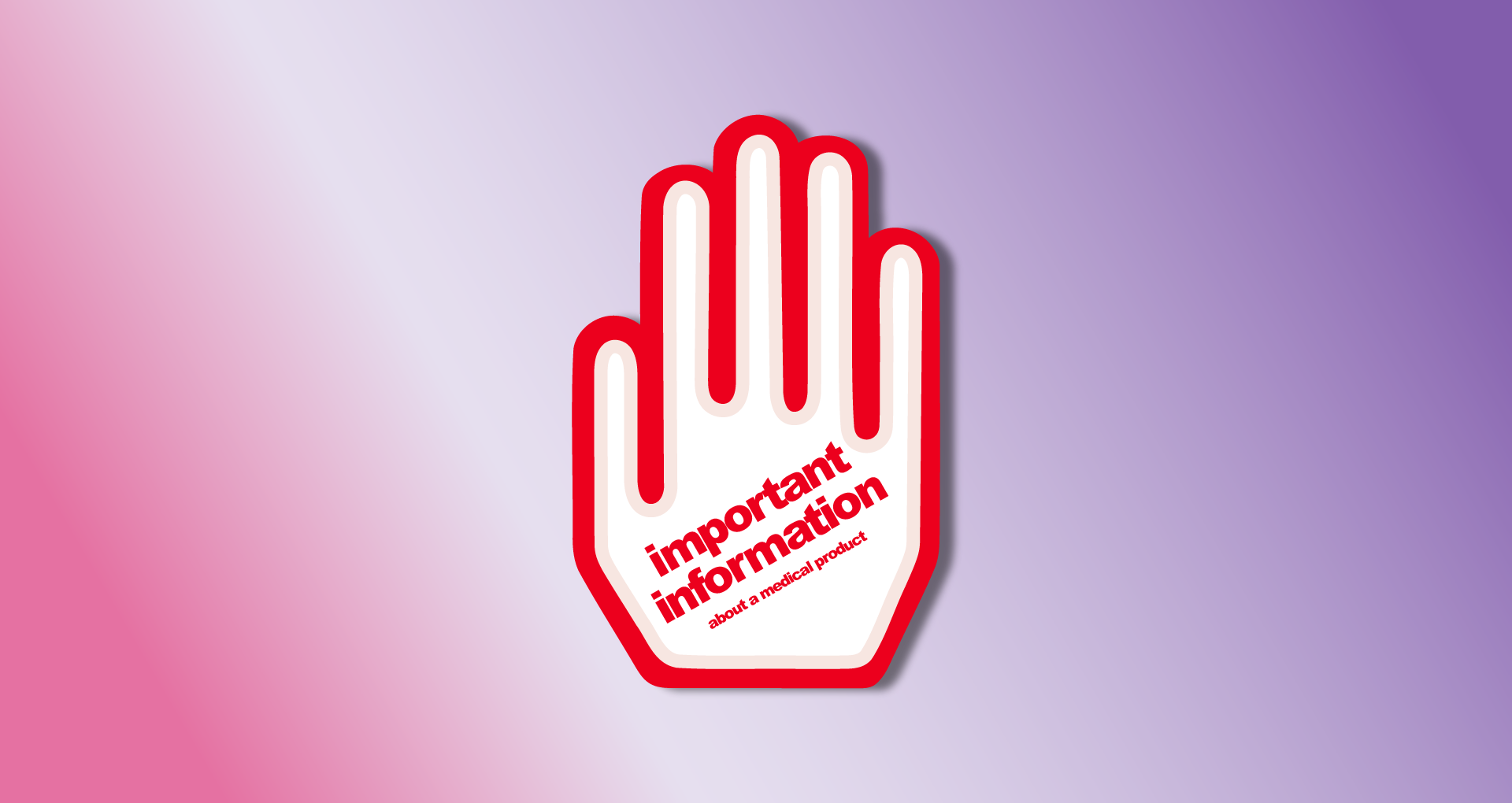Red-Hand-Letter – Safety instructions for the pharmaceutical industry and the healthcare sector

Content
- What is a Red-Hand Letter?
- Importance of the Red Hand Letter in pharmacovigilance
- Procedure for the preparation and distribution of a red-hand letter
- Effects on pharmaceutical companies
- Role of the red-hand letter in Pharma-Marketing
- Conclusion: The red-hand letter as an instrument of safety communication
What is a Red Hand Letter?
A Red Hand Letter is an official and urgent communication from pharmaceutical companies to healthcare professionals. It serves to draw attention to new, important safety risks of medicinal products. These notifications are issued in close cooperation with the responsible drug authorities – in Germany in particular with the Federal Institute for Drugs and Medical Devices (BfArM) or the Paul Ehrlich Institute (PEI).
Red Hand Letters provide information about new findings on side effects, restrictions on use or quality defects that could potentially have a serious impact on patient safety. They are an essential risk management tool in the pharmaceutical industry and help to ensure the safe use of medicinal products.
Importance of the Red Hand Letter in pharmacovigilance
Pharmacovigilance, i.e. monitoring the safety of medicinal products after they have been approved, is a central component of drug safety. The Red Hand Letter plays a crucial role here as a means of communication to inform healthcare professionals about potential risks.
Its importance lies in the following points:
- Early warning system for the healthcare system: Doctors, pharmacists and other professionals receive critical information at an early stage.
- Prevention and risk minimization: Targeted measures can prevent serious side effects or medication errors.
- Compliance with regulatory requirements: Pharmaceutical companies are legally obliged to report relevant safety risks immediately.
- Building trust: Transparent communication strengthens trust in pharmaceutical manufacturers and the healthcare system as a whole.
Procedure for the preparation and distribution of a red-hand letter
The creation of a Red Hand Letter follows a clearly defined process that ensures that all relevant stakeholders in the healthcare system are informed promptly and accurately. This typically takes place in several steps:
- Identification of a risk: New side effects or safety concerns are identified through clinical trials, spontaneous reports or observational studies.
- Internal risk assessment: The pharmaceutical company analyzes the extent of the risk together with the drug authorities.
- Preparation of the information letter: The red hand letter is formulated in close consultation with the authorities and legally reviewed.
- Distribution to healthcare professionals: The letter is sent to doctors, pharmacists and medical facilities via electronic and postal channels.
- Monitoring effectiveness: The authority checks whether the information has been received and appropriate measures have been implemented.
Compliance with these processes is essential in order to respond quickly and effectively to drug safety issues.
Effects on pharmaceutical companies
The publication of a red-handed letter has far-reaching consequences for pharmaceutical companies. In addition to the immediate risk minimization measures, there are also economic and brand strategy implications:
- Regulatory challenges: Companies must ensure that they meet all regulatory requirements to avoid fines or licensing issues.
- Reputation and brand trust: A well-communicated red-handed letter demonstrates a sense of responsibility and can build long-term trust in the company.
- Sales and market changes: Certain drugs may be restricted or withdrawn from the market based on newly acquired risk data.
- Internal training measures: Sales and medical/scientific staff need to be trained appropriately to competently answer questions from healthcare professionals.
It is therefore crucial for pharmaceutical companies to prepare for possible safety warnings at an early stage and to develop a clear communication strategy.
Role of the red-hand letter in Pharma-Marketing
Although the Red Hand Letter is primarily a safety communication tool, it can also be used specifically in Pharma-Marketing. Transparent and proactive communication about drug safety can have a positive impact on a company’s image and market positioning.
Important aspects in pharmaceutical marketing:
- Building trust: Companies that provide open and comprehensible information about drug safety risks are perceived as responsible and trustworthy.
- Integration into specialist communication: Red Hand Letters can be integrated into training courses, congresses and specialist publications in order to provide healthcare professionals with the best possible information.
- Multi-channel strategy: Digital platforms such as specialist portals or webinars can be used to disseminate the information in a targeted manner and anchor it in the long term.
- Supplementary materials: Companies can provide additional sources of information, such as guidelines, white papers or expert interviews, to provide comprehensive support for healthcare professionals.
A professional approach to red-handed letters can therefore not only meet regulatory requirements, but also make a positive contribution to the brand strategy.
Conclusion: The red-hand letter as an instrument of safety communication
The Red Hand Letter is an essential tool for ensuring drug safety and risk communication in the pharmaceutical and healthcare industry. It ensures that doctors, pharmacists and other professionals are informed promptly about new risks and safety measures.
For pharmaceutical companies, it represents a legal obligation, but at the same time offers an opportunity to strengthen credibility. A well-thought-out strategy for handling safety information can help to build long-term trust and ensure market success.
